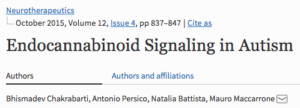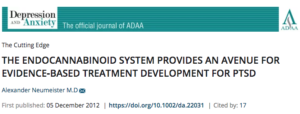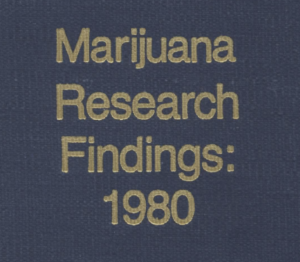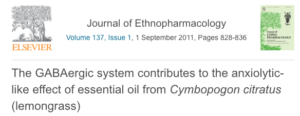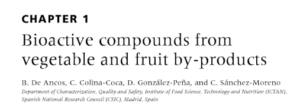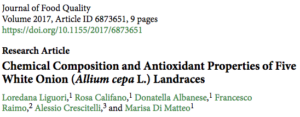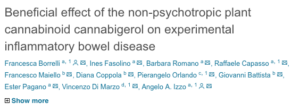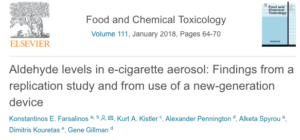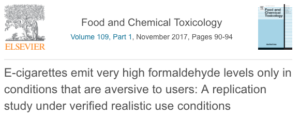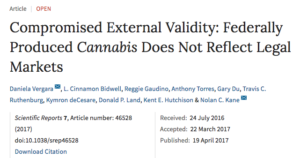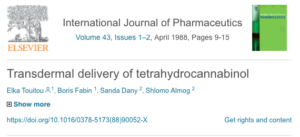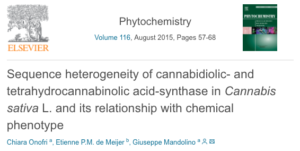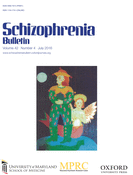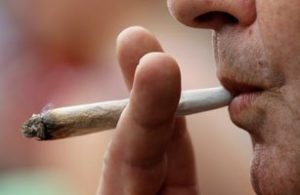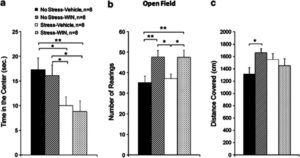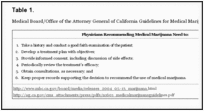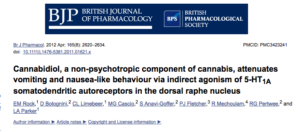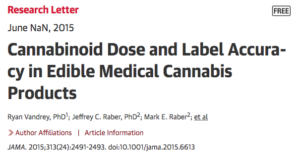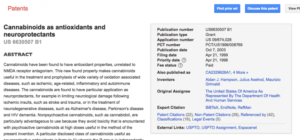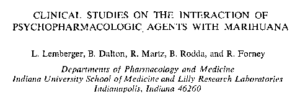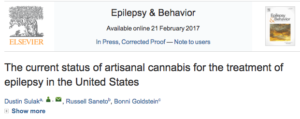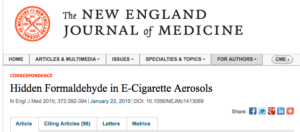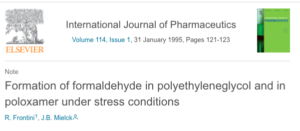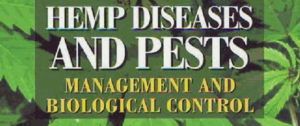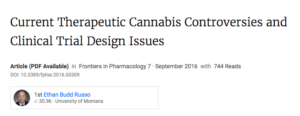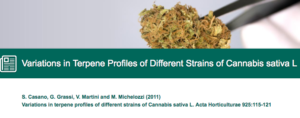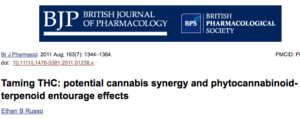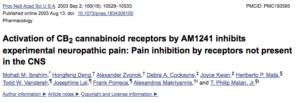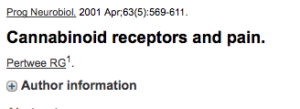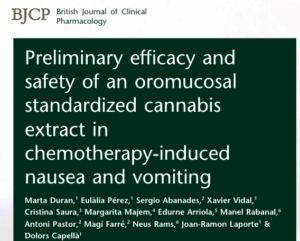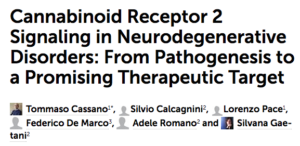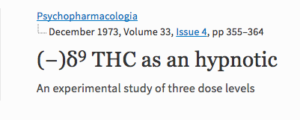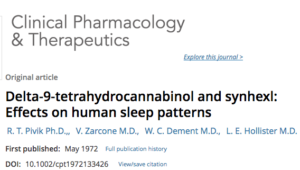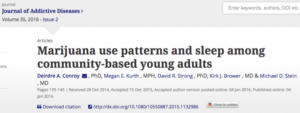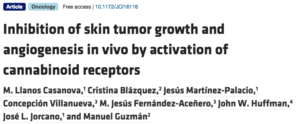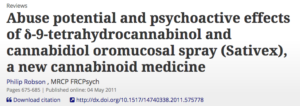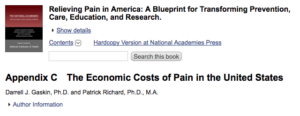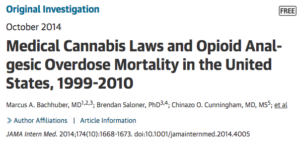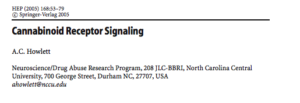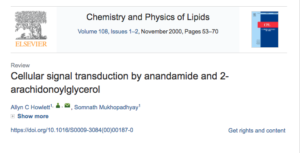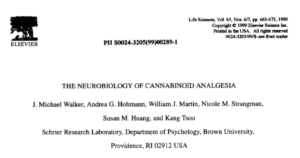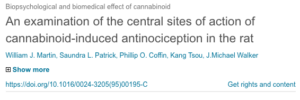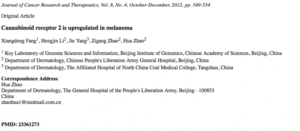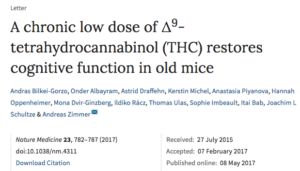- All
- ACNE
- Addiction
- Adenosine Receptor
- ADHD
- Adolescents
- Alcoholism
- ALS
- Alzheimers
- Anandamide
- Ankyrin Receptor
- Antibacterial
- Antioxidant
- Anxiety
- Arteriosclerosis
- Arthritis
- Asthma
- Astrocytoma
- Autism
- Bipolar Disorder
- Black Pepper / Piper Nigrum
- Bladder Cancer
- Breast Cancer
- Cancer
- Cardiovascular Effects
- CB1 Receptor
- CB2 Receptor
- CBC
- CBD
- CBDa
- CBG
- CBGa
- CBGv
- CBN
- Clinical Endocannabinoid Deficiency
- Colitis
- Colon Cancer
- COX2
- Crohn's Disease
- Crosstalk
- DAGL
- Delta 8 THCv
- Depression
- Diabetes
- Dogs
- Edibles
- Effect on Muscle
- Effects on bone
- Endocrine Disorders
- Endocrine Tumors
- Energy Balance
- Epilepsy
- FAAH
- Fibromyalgia
- Gastrointestinal Tract
- General Cannabinoid Knowledge
- Glaucoma
- Glioma
- Glutaredoxins
- Glycine Receptor
- GPR12
- Happiness
- Heart Attack
- Hepatic Function
- HIV
- Huntington's
- IBS
- Immune System
- Inflammation
- Insomnia
- Ischemia / Reperfusion
- Kaposi Sarcoma
- Kidney Disease
- Lennox-Gastaut
- Liver
- Lung Cancer
- Lung function and cannabis
- Melanoma
- Mental Health
- Metabolic Syndrome
- Migraines
- Monoglyceride Lipase (MGL)
- Motor Dysfunction
- Multiple Sclerosis
- Myrcene
- Myths
- Nausea
- Neurodegenerative Disease
- Neuropathic Pain
- Neuroprotection
- Neuroscience
- Obesity
- Onion Extract
- Oral Cancer
- Oregano Extract
- Pain
- Pancreatic Cancer
- Parkinson's
- Plant Science and Chemistry
- PPAR
- Pregnancy
- Prostate Cancer
- Psoriasis
- PTSD
- Respiratory System
- Rimonabant
- Schizophrenia
- Sepsis
- Side Effects
- Skin Disorders
- Stroke
- Terpenes
- THC
- THCa
- THCv
- Thyroid Cancer
- Tolerance
- Topicals
- Transient Receptor Potential Channels
- Traumatic Brain Injury
- Ulcerative Colitis
- Vape Pens













